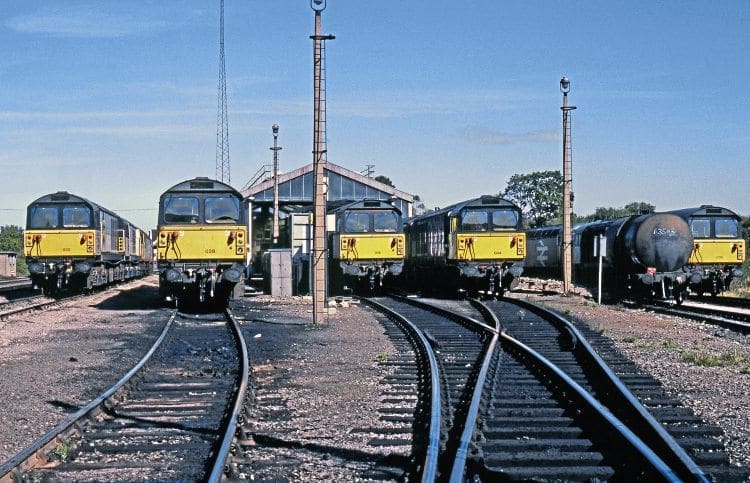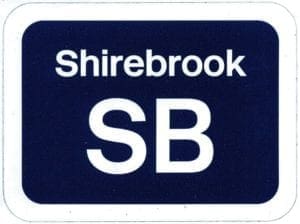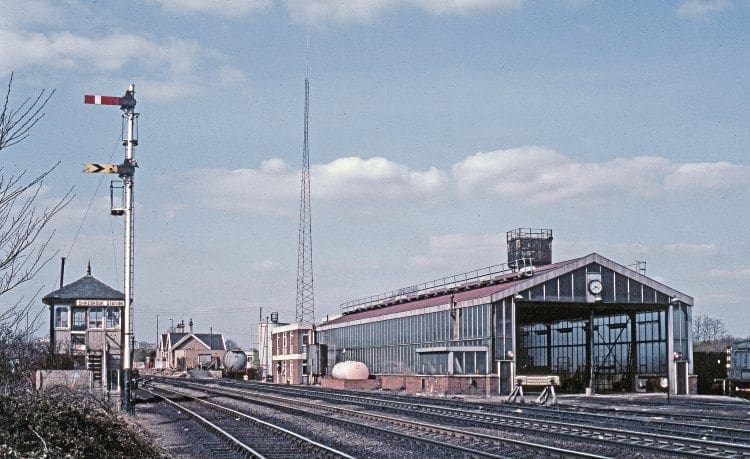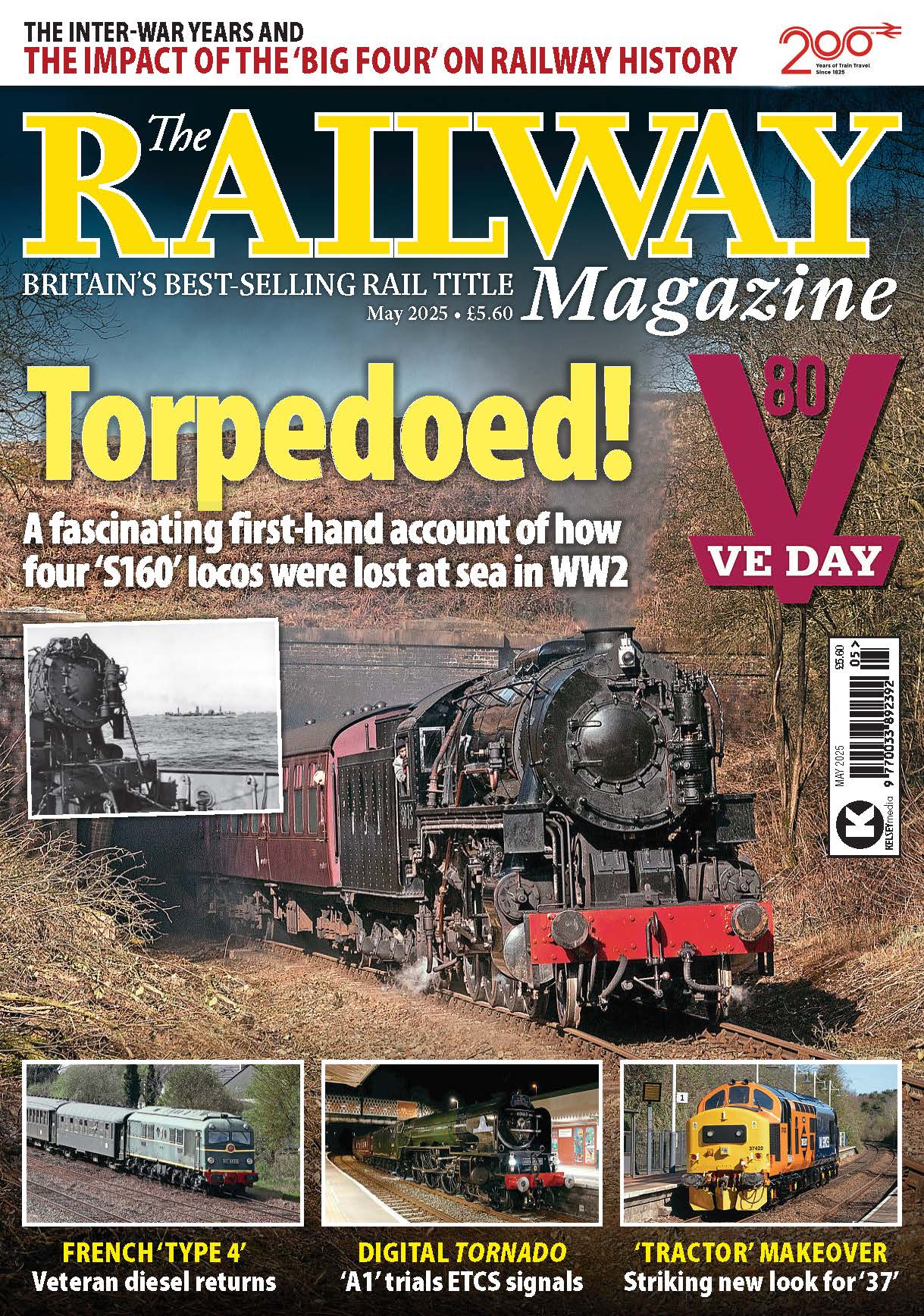Robin Stewart-Smith remembers the busy Nottinghamshire motive power depot which, in its heyday, provided locos for many coal trains emanating from local collieries.
SHIREBROOK Diesel Depot officially opened in June 1965 as a new-build ‘running shed’ resulting from the BR’s Modernisation Plans.
It was ideally placed to service the diesel locomotive fleet that worked the huge amount of local colliery traffic generated by the North Nottinghamshire coalfield. Prior to building the depot, new diesels were allocated to nearby Langwith Junction steam shed (41J).
Monthly Subscription: Enjoy more Railway Magazine reading each month with free delivery to you door, and access to over 100 years in the archive, all for just £5.35 per month.
Click here to subscribe & save
As early as May 14, 1961, four diesel shunter locomotives were based at the steam shed, and by July 1962 a small number of Type 2 locos were also present.

Eastern Region plans to convert the steam shed to service the new diesels by late-1962 were not fulfilled. A temporary solution was for diesels to use the old carriage shed at Langwith Junction and refuel from adjacent oil tanker wagons. However, servicing the new diesels in the filthy conditions prevalent in a steam shed proved unsatisfactory.
It was decided to convert the redundant Midland Railway goods shed and yard at Shirebrook West station, on the line from Mansfield to Worksop, into a temporary servicing and refuelling point.

The goods shed was south of the station and on the east side of the line. A number of diesel shunters and Type 2 locomotives were transferred here from Langwith Junction, but the single-road goods shed was very limited in capacity and only one loco could be accommodated in the shed at a time. Both a servicing pit and high-level staging were needed to facilitate access by fitters.

As at the nearby steam shed, refuelling was from tanker wagons in the goods yard. Crews continued to sign on at Langwith Junction shed and Shirebrook West depot used the Langwith Junction shed code 41J.
By the end of 1963, Type 2 locos were supplemented by the much more powerful Type 4 (Class 47) locos. Though they were allocated to Tinsley, they were out-stationed at Shirebrook West to handle the heavier MGR (merry-go-round) coal traffic. It became clear to BR a purpose-built servicing and refuelling facility was urgently needed at Shirebrook.
During 1962/3, the Brush/BR Prototype No. D0280 Falcon spent time working coal trains while stationed at Shirebrook West – clocking up more than 30,000 miles on these duties. A surviving photograph of Falcon at Shirebrook taken in October 1962 shows how limited the diesel servicing facilities were.
Read more and view more images in the January 2019 issue of The RM – on sale now!




